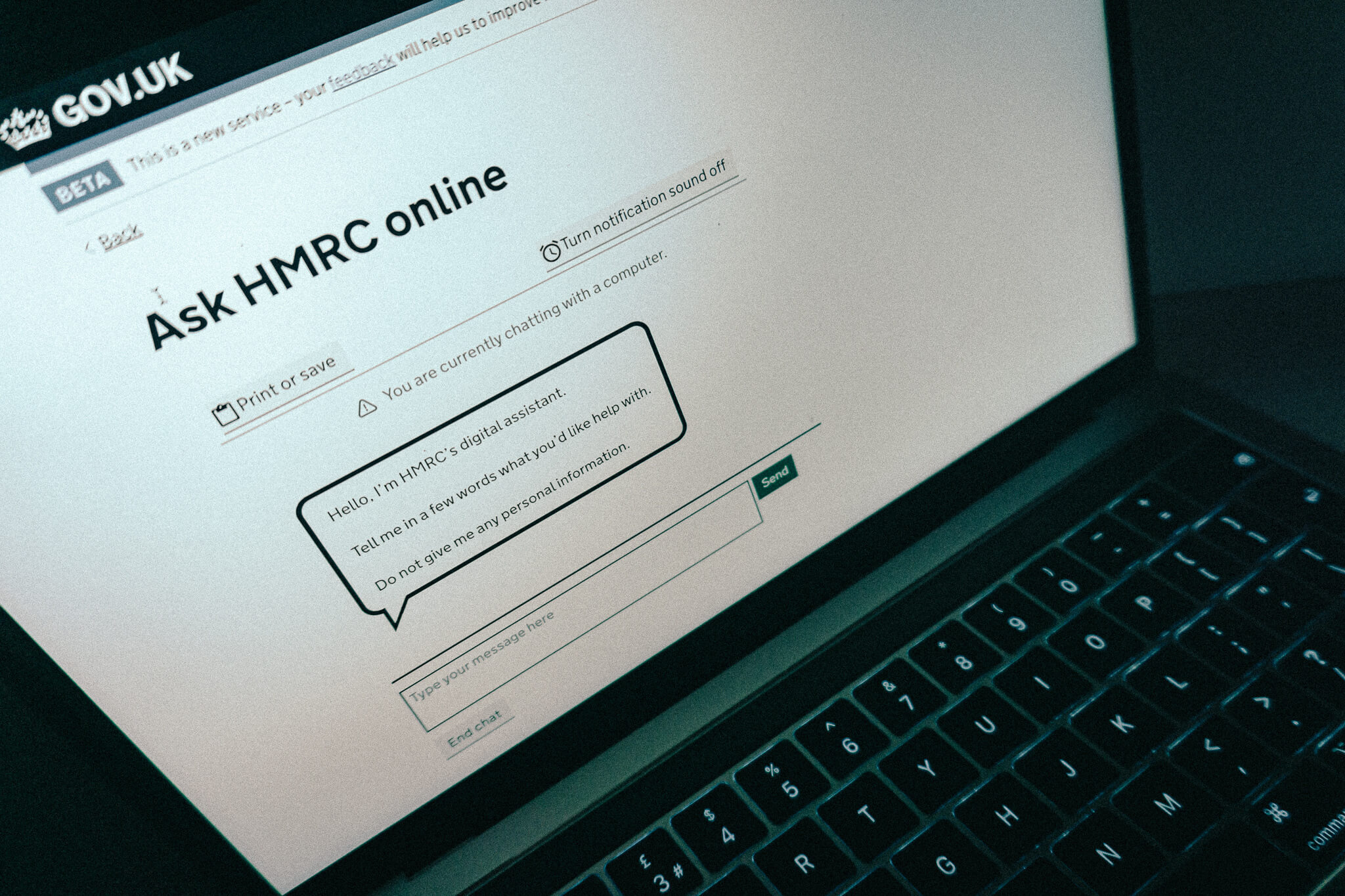New guidance published for use by departments provides officials with a framework for calculating the efficiencies gained and the money saved by reducing reliance on ageing IT and other initiatives
HM Treasury has published new guidance for departments on how to track efficiencies gained from better use of technology and other means of generating savings.
The government efficiency framework sets out how civil servants should categorise, track and report on the efficiencies they are responsible for.
Departments were asked in the 2021 Spending Review to save 5% from their day-to-day budgets by 2024-25 to be “reinvested into priority areas”. Amid growing inflation, departments have been asked to reprioritise and identify further efficiencies through a savings and efficiency review so that they can still meet this target.
To improve how departments report efficiency savings and ensure appropriate oversight and reporting processes are in place, chancellor Jeremy Hunt announced in the Spring Budget that an efficiency framework would be created.
Related content
- Government digital function more than doubles cash savings in FY22 to £376m
- EXCL: Work starts on £6m cross-government digital system for civil servants to move between departments
- Mixed messaging on flexible working is hampering civil service relocation plans, MPs find
In a foreword to the newly-published framework, Treasury second permanent secretary Cat Little said the guidance will produce “more consistency in our approach across UK public services” and “foster trust through greater transparency”.
The framework, which will be refreshed annually, applies to all central government departments and their agencies. It “consolidates current best practice across departments to give senior leaders a blueprint for how to implement, improve, or enhance their efficiency reporting processes”, the document states.
Departments are being asked to start using the framework to categorise their efficiency savings before the end of the 2023/24 financial year. Agencies, non-departmental public bodies, and arm’s-length bodies will have to do so from 2024/25.
John Glen, chief secretary to the Treasury, and Jeremy Quin, minister for the Cabinet Office, said the framework is “an important milestone to improve how departments report on efficiencies and ensure the government has the appropriate oversight and reporting processes in place to track their delivery and drive continuous improvement.”
The guidance sets out two categories of efficiency: technical – doing the same with less or achieving a higher standard without extra resources; and allocative – reallocating resources to those activities with the best ratio of costs to benefits. It suggests activities including sharing services, building an agile workforce and reducing reliance on legacy IT systems.
Think tank the Institute for Government has welcomed the framework in a report analysing the government’s latest reform plans.
It said the framework “provides a more sophisticated view of what efficiency means” by stating government can achieve efficiency gains not just by carrying out activities with fewer resources but also by carrying out activities to a higher standard without additional resources.
“It also encourages departments to engage in strategic workforce planning – something the Institute has long argued should happen more in government,” an IfG report added.
Since Rishi Sunak became prime minister, the government has moved away from its approach under Boris Johnson of seeking efficiency through reducing civil service headcount, with Sunak scrapping plans to cut 91,000 job almost immediately. Departments were instead asked to “look for the most effective ways to secure value and maximise efficiency within budgets”.
Alongside the framework, the Treasury will issue guidance on how departments should report progress to HM Treasury in delivering any efficiencies targeted in their spending plans. This guidance will also include expectations for reporting non-efficiency savings, to provide a complete picture.





